Contents
Guide

An Imprint of Simon & Schuster, Inc.
1230 Avenue of the Americas
New York, NY 10020
www.SimonandSchuster.com
Copyright 2021 by Simon & Schuster, Inc.
All rights reserved, including the right to reproduce this book or portions thereof in any form whatsoever. For information, address Simon & Schuster Subsidiary Rights Department, 1230 Avenue of the Americas, New York, NY 10020.
First Tiller Press hardcover edition April 2021
TILLER PRESS and colophon are trademarks of Simon & Schuster, Inc.
For information about special discounts for bulk purchases, please contact Simon & Schuster Special Sales at 1-866-506-1949 or .
The Simon & Schuster Speakers Bureau can bring authors to your live event. For more information or to book an event, contact the Simon & Schuster Speakers Bureau at 1-866-248-3049 or visit our website at www.simonspeakers.com.
Interior design by Laura Levatino
Illustrations by Loni Harris
Cover art by Loni Harris
Library of Congress Cataloging-in-Publication Data has been applied for.
ISBN 978-1-9821-6583-3
ISBN 978-1-9821-6584-0 (ebook)
For Bill, Clara, and Rose, who help me grow
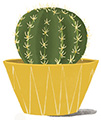
P ART 1

T HE B ASICS
Y ou remember your first houseplantthe terrarium you made in fourth grade, the pot of ivy on your college dorm windowsill, the philodendron your grandma gave you for your first apartment, the orchid that lasted longer than the ex who bought it for you. At first, you cherished that special plant and watered it meticulously and gave it a place of pride in your space. But you know you werent committed. You werent ready. The terrarium started to smell, the ivy got lost when you moved dorms, the philodendron turned yellow, and you threw out that orchid when it lost its bloom.
But now you are ready for the real thing: plant parenthood. You understand that like that ivy, you have outgrown the confines of a small and humdrum space and are ready to introduce some physically and mentally refreshing green energy into your home, your office, and your life. Whether this is your first sprout or your passion for houseplants is in full bloom, its time to dig into some dirt about growing your space into a happy green home.
Fortunately, your timing is good. This is not the era (cough, 1970s) of the ubiquitous grocery store African violet sitting under fluorescent lights. These days our plants can feature prominently in our plans to do better by ourselves: while you find the light in your life, so, too, can you work to find the right light to help your little vine twine.
Houseplant popularity ebbs and flows with fashion through history, but at each budding of indoor-plant enthusiasm, plants seem to take on a symbolic meaning. For example, three thousand years ago, the Chinese started growing ornamental plants indoors as a sign of wealth. Tending a miniature flowering azalea during the winter certainly suggests a life of leisure! The legendary Hanging Gardens of Babylon were supposedly an extravagant gift of love from a king to a queen who missed her greener homeland. When Christopher Columbus (and other early Western explorers) sailed the ocean blue in 1492, he brought home tropical plants from new lands, a living history of exploration. The Victorians favored hearty plants like aspidistras that could survive the drafty, dim houses and polluted atmosphereunsurprising in an era that had only just discovered central heatingmore elaborate houseplants were a sign that amateur botanists quality of life was on the way up. The mid-twentieth century introduced the idea of plants as room-by-room decor, and spider plants draped over living room TV cabinets, while philodendrons popped up in office cubicles.
Recent trends move raising houseplants beyond the purely decorative to discovering how even a little indoor greenery supports our physical and mental wellness. This is a time period when were learning that nurturing our individual well-being translates into contributing more positively to our whole societyworking better, living better, being better. Were turning over a new leaf.
Now that you know a plant for your home is a great way to go, how do you find the right one?
Any home-decorating magazine will feature spreads of fabulous fiddle-leaf fig trees and dazzling dracaenas. While these plants did a great job being trucked in for a days photo shoot, when youre planning a longer-term houseplant relationship, youll need to spend some time making sure its the right plant for you. Are you a novice already feeling a little nervous after all these mentions of philodendrons and violets? Start with something low-maintenance and reliable. Did you keep that ivy from college alive after all? You may be ready to tackle a more touchy plant like a bromeliad. Do you love the exotic and dramatic? A hanging display of air plants might make an interesting addition to your space. Are you more practical in your home-decorating interests? A selection of kitchen herbs can be an attractive and delicious way to save money on grocery store herb bunches.
There are perfect plants for every level of indoor gardener and every room in your home.
In the pages that follow, well talk about understanding the quality of daylight in your home. Well review how to get started in identifying the way to properly pot and display any plant. Youll learn about danger signs to watch for in a sick plant, like drooping or yellow leaves, and how to know which plants will work with the other members of your household, human or animal. Well make some recommendations for how to fit your plant into your decor and the use of different spacessun-loving plants for warm windowsills, water-loving plants for humid areas, and even plants that thrive in a dim, neglected corner.
Once you know what you can do for your plant, take a look at what your plant can do for you.
H EALTHIER A IR
Its not an exaggeration or a flower childs dream to say that houseplants improve air quality. You may or may not remember your high school science class explanations of plant respiration. Heres the short version: while humans breathe in oxygen and breathe out carbon dioxide, plants absorb carbon dioxide and produce oxygen. The perfect pair.
Having a few of these little oxygen factories in your home will constantly replenish your personal atmosphere, pumping clean, refreshed air to your brain and body to support your overall health. (But dont worry, if you cant make things work with your fern, youll still be able to breathe!)
Beyond the symbiosis of plant and animal life, plants are natural filters for many toxins that pervade our environment, especially enclosed indoor spaces. In a 1989 study, NASA demonstrated that certain kinds of plants can filter the following common sick building by-products of cleaning materials, printing ink, paint, and other toxins from our air:


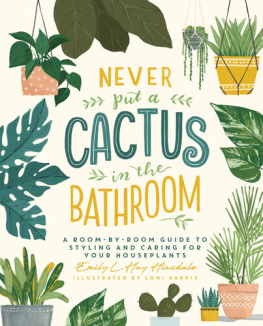
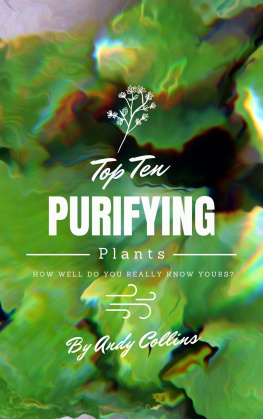
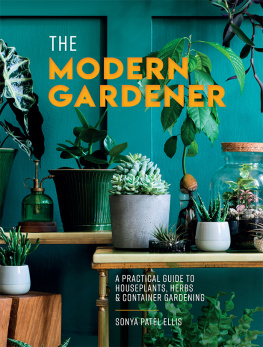
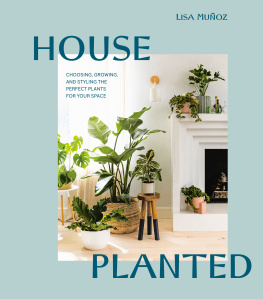
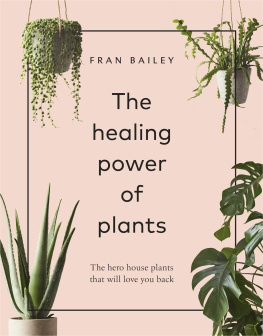
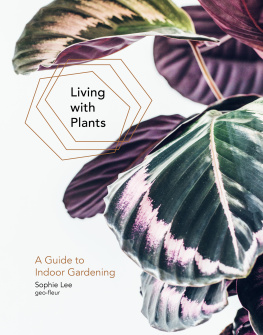
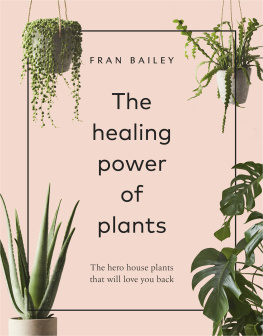
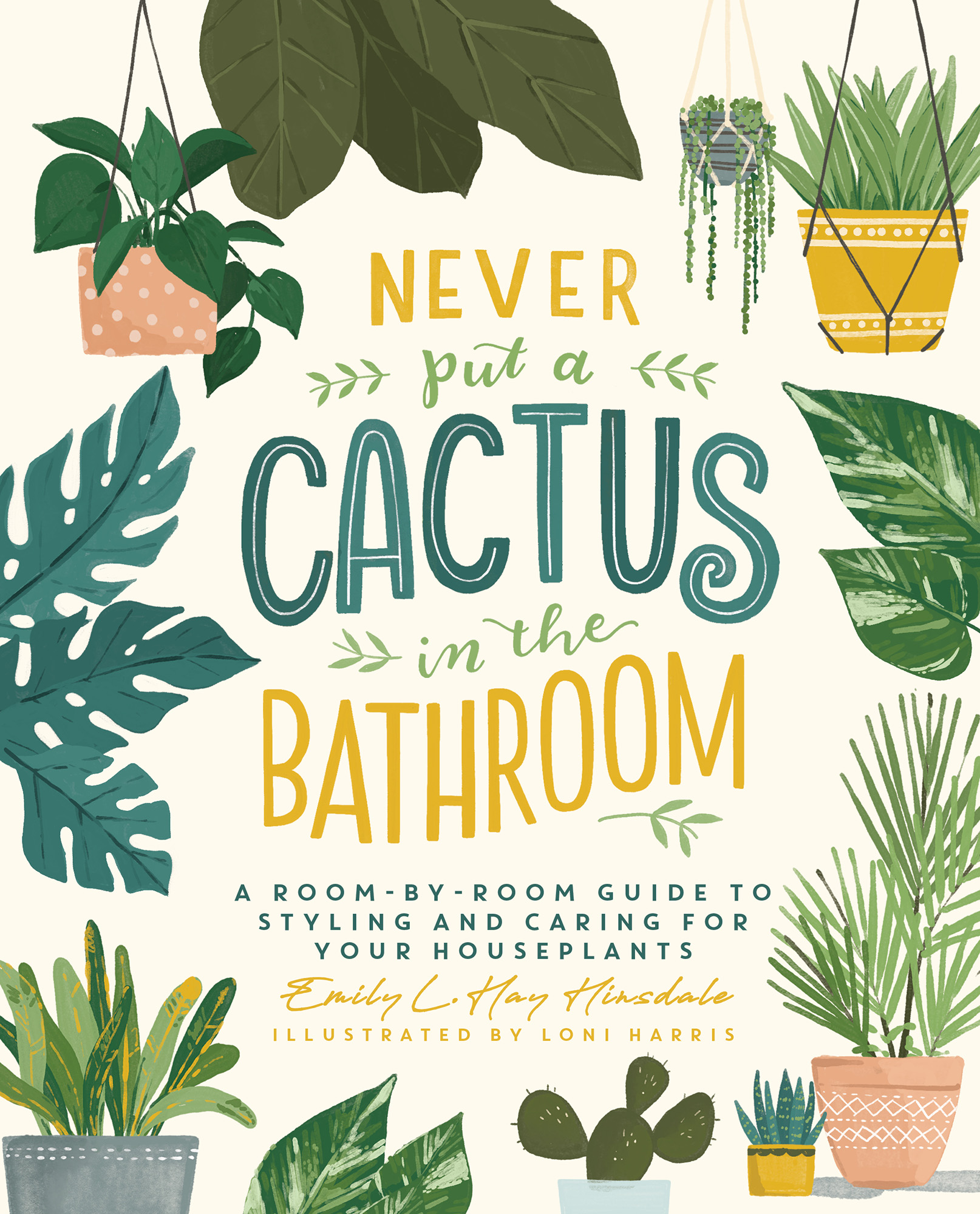



 T HE B ASICS
T HE B ASICS
